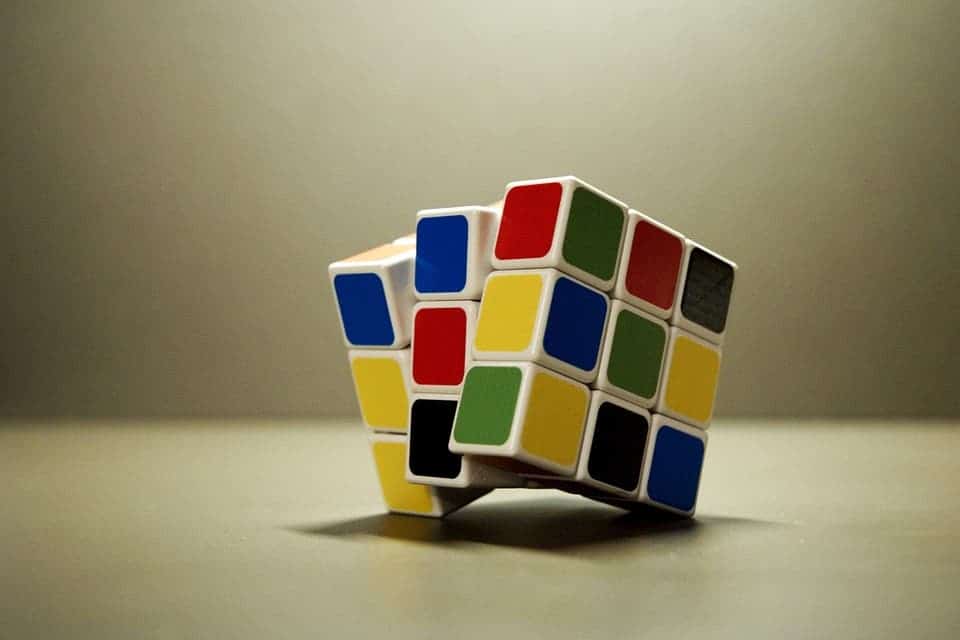
Scientists suspect that connections between neurons are remodeled during sleep, and studies on animals have shown that animals and humans deprived of sleep do not perform well on memory tasks. There is still a lot we don’t know about the role of sleep and what exactly goes inside the brain during slumber. A new study, however, is helping fill in the gaps, suggesting that the interleave of REM and non-REM sleep might facilitate creative problem-solving.
“Suppose I give you a creativity puzzle where you have all the information you need to solve it, but you can’t, because you’re stuck,” says first author Penny Lewis, a professor at the Cardiff University School of Psychology. “You could think of that as you’ve got all the memories that you need already, but you need to restructure them –make links between memories that you weren’t linking, integrate things that you weren’t integrating.”
Previous studies have shown that the kind of restructuring Lewis mentions happens while we are asleep. Along with colleagues, Lewis drew on findings from past research to create a model of what might be happening during each stage of sleep.
The model proposes that non-REM sleep helps us organize information into useful categories, whereas REM sleep leaps beyond these categories, leading to unexpected connections and results. In other words, REM sleep enables us to enter a highly intuitive mode of thinking, one that could help some people solve complex problems literally in their sleep.
Rapid eye movement (REM) sleep is a unique mammalian sleeping phase during which the eyes move quickly in different directions. There’s much more going on during this phase than just retinal gymnastics, though. The brain is more active than in the non-REM phase, which is evidenced by intense dreaming that may occur. REM sleep is also known to consolidate learning and memories.
Memories stored in a brain area called the hippocampus are replayed during non-REM sleep. If these memories are similar, they are more likely to get stored in another important brain area involved in memory storage called the cortex. Lewis proposes that the hippocampus controls what is replayed during this stage through some yet unidentified mechanism. And because it encourages the brain to replay memories that are similar or thematically linked, the process encourages us to find and use these links to form schemas.
During REM sleep, however, the hippocampus and cortex don’t appear to be in sync anymore. This may mean that the cortex is now free to replay stored memories in any combination, regardless of whether or not they’re similar. Previous evidence suggests that so-called ponto-geniculo-occipital waves activate brain areas in the cortex that could randomly trigger the reply of memories from different schemas.
“So, what we propose is that, if you’re stuck on some kind of problem, that problem is salient, and we know that salient things are replayed,” Lewis says. “The slightly hypothetical part is that, when something else is randomly activated in the cortex that has an element that’s similar, you’ll form a link.”
These surprising links may be the creative leaps required to solve a problem.
An example of this model in action, the researchers say, is Earnest Rutherford’s discovery of the structure of the atom. The physicist based his design on something seemingly unrelated: the solar system. According to the model proposed by the researchers, Rutherford’s knowledge of atoms and planets in the solar system would have been categorized in different schemas during non-REM sleep. However, during REM sleep, the memories of atoms were replayed alongside randomly activated memories of the solar system, producing a connection that the physicist might have later applied to his work.
“The idea is to lay out this model in a formal way so that it’s there and people can explicitly test it,” Lewis says.
Lewis and colleagues have received a five-year grant to continue their work, which they plan on testing experimentally in order to validate the model.
Scientific reference: Trends in Cognitive Sciences, Lewis et al.: “How memory replay in sleep boosts creative problem solving” https://www.cell.com/trends/cognitive-sciences/fulltext/S1364-6613(18)30070-6.


